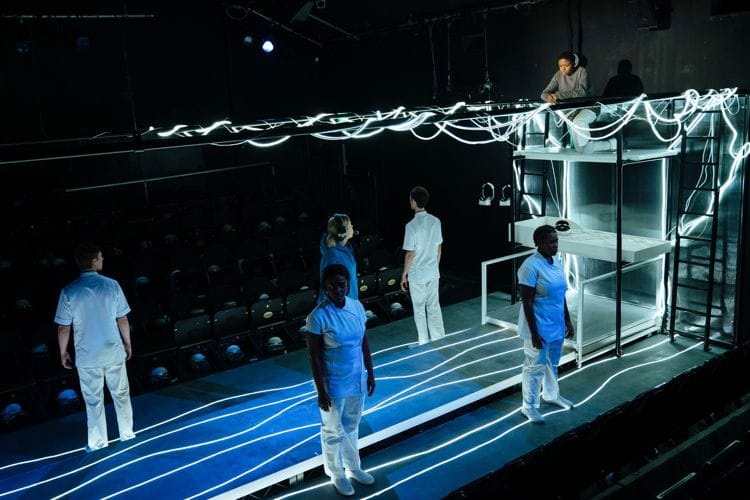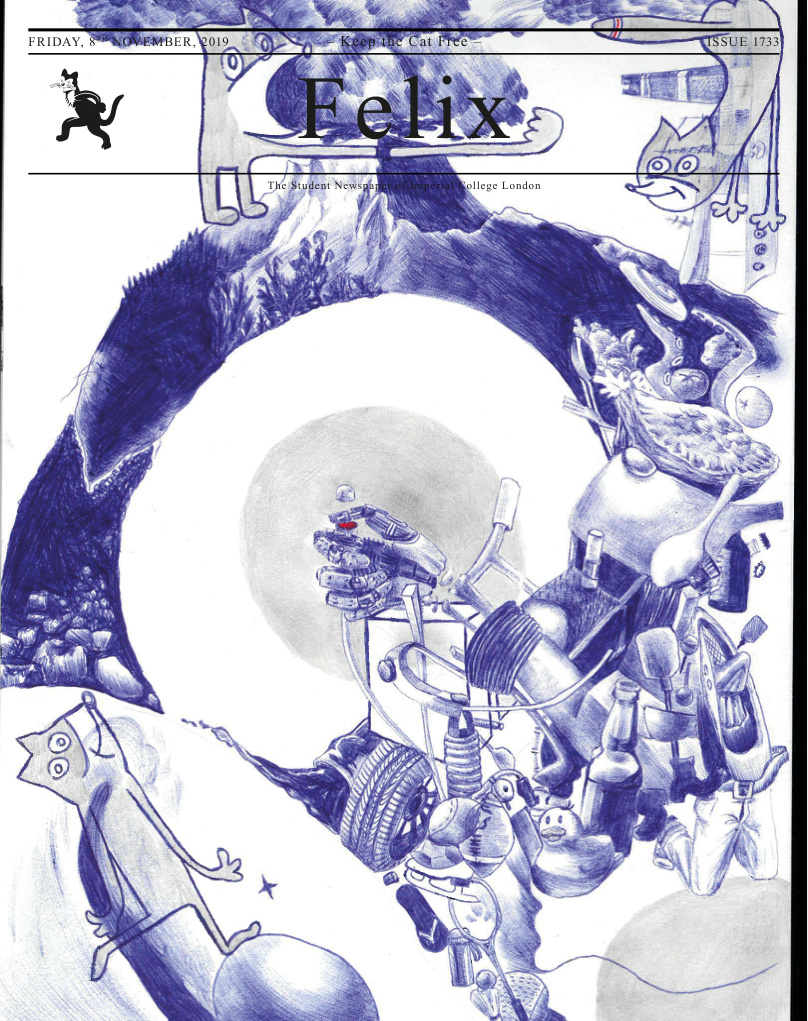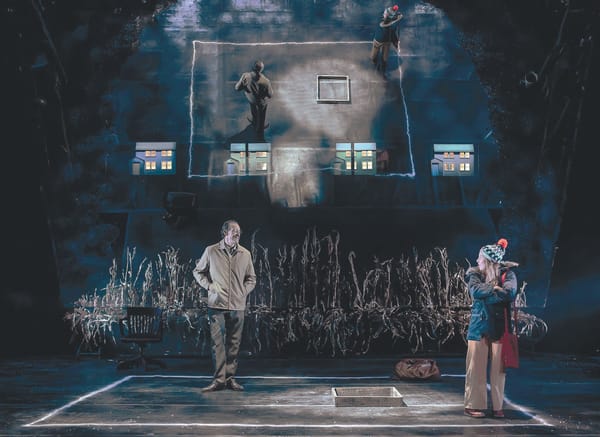Frankenstein: Resurrected for the Modern Day
Forget the body horror of the original - this monster is a cold and calculating AI from the future, a relentless killing machine that will chill you to the core

It’s been a long time since Frankenstein was first published. Written in 1818 by Mary Shelley, the gothic novel swiftly became a cultural icon. Widely regarded as one of the first science fiction novels ever written, Frankenstein follows the tragic tale of Dr Victor Frankenstein and his destructive relationship with the monster he created. Relying heavily on themes of religion and the supernatural, it is perhaps unsurprising that the story fails to fill us with as much horror and dread as when it was first published over two hundred years ago. However, this recent, ruthless update by the National Youth Theatre proves that Frankenstein is as relevant a tale as ever. It was brilliantly set and incredibly acted, and it made use of innovative storytelling techniques.
This play was all about forcing Frankenstein into the present. Forget the crumbling tower, maniacal laughter, and dead, stitched-together flesh: the Frankenstein I watched was firmly modern, even futuristic. A brilliant researcher, Victoria Frankenstein (Ella Dacres), working at a laboratory, successfully creates an anthropomorphic AI (Sarah Lusack). Upon the realisation that her effort to emulate intelligence and feeling has been successful, Victoria is filled with disgust at her creation and rejects her. What follows is the robot’s murderous revenge on her creator, as Victoria repeatedly fails to satisfy the robot’s demands for a companion.
In the original, much of the tale is told through letters, between Captain Bob Walton (Natalie Dunne) and Garth, her brother. Letter writing being rather passé these days, this antiquated method of communication was imaginatively replaced through on-stage Skype calls between the two siblings. Fortunately, they manage to avoid the usual Skype connectivity problems. Each member of the cast was dressed in identikit futuristic white tunics that I would normally assume to belong to the kind of doctors from a nightmarish future.
The most futuristic segment was the unexpected addition of Virtual Reality to the play. VR headsets were left under each seat during the interval and we were all directed to put them on to witness Captain Walton’s expedition to the North Pole. Some truly fantastic imagery was beamed through the headsets, with breathtaking shots of the Arctic rescue accompanied by how the world looked from the robot’s point of view. We saw the digital renderings of faces that were used to train the robot’s emotional sensitivity (trippy and quite disturbing, especially when they got stuck on ‘terrified’). Most interesting of all, previous scenes were displayed to us from the robot’s point of view, the cast being shown in the VR world as 3D-rendered, Matrix-style figures which shouted at and attacked us.

Overall, this production of Frankenstein was truly stellar. The cast, the set, the sound - each element came together to bring the full menace of a highly intelligent, vengeful machine, violently waging war against humanity and its creator. Forget Terminator, Lusack as the monster was cold, calculating, but at the same time entirely rational in her treatment of Dr Victoria Frankenstein. It was remarkable how I empathised with the creature even as it ruthlessly murdered Victoria’s family and friends. Each murder was accompanied by visceral neck-snapping sound effects, more than enough to make me wince. In scenes where Victoria appeared happy and safe, the monster loomed large from the side-lines, a constant reminder of her terrible presence.
Dacres as Dr Frankenstein was as irrational and prideful as can be. Her failure to deal honestly or effectively with the monster was convincingly acted as the agony of her arrogance came home to roost. I thought that the gender-blind casting choice was very interesting. In the original text, both Frankenstein and the monster are male, and appear to represent a human’s poor imitation of God’s creation of Adam. The gender-blind casting choice further divorces the production from the increasingly irrelevant religious aspect of the novel. Instead, it forces the audience to focus on the more relevant relationship between mankind and their tools. What should our response be when our tools achieve sentience? Will we continue to use them as our slaves or will we be forced to make concessions?
The rest of the cast were equally fantastic. Guy Clarke deserves a special mention as the most Inspectory Inspector that I have ever seen. He has clearly been watching more than enough Taggart. The tragedy of Victoria’s husband-to-be’s death was brought home perfectly by Jamie Foulkes. Thought-provoking and chilling in equal measure, NYT Rep’s brilliantly updated Frankenstein provided a wonderful evening at a particularly spooky time of year. Given the remarkable display of Great Expectations put on by the same cast the week before, I am very excited to see what each of these talented actors will grow into over the coming years.
5 stars







